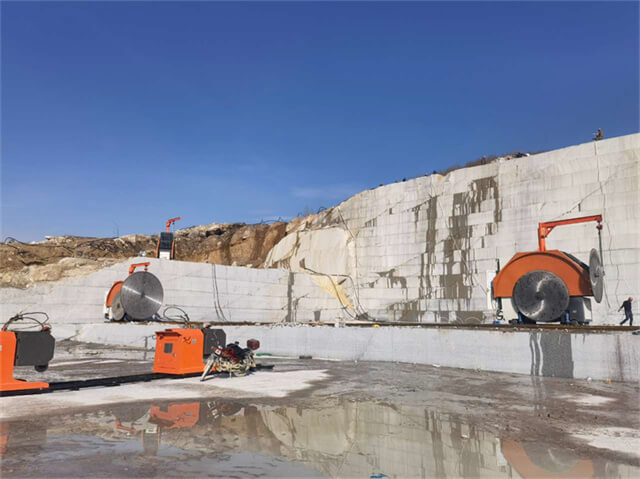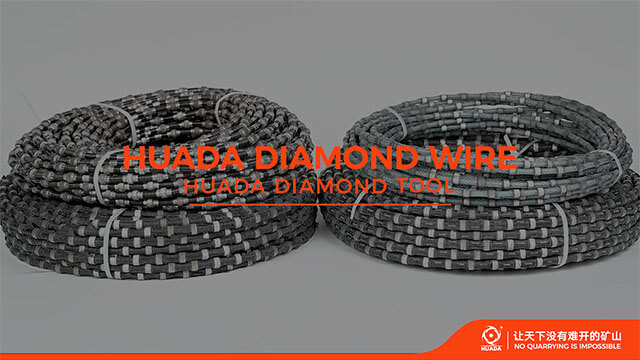Author:Huada Quarrying Machine FROM:Stone quarry machine manufacturer TIME:2024-11-05
Wire saw stone cutting machines have revolutionized the quarrying and stone processing industries, offering precision and efficiency in cutting various types of stones. One of the critical components of these machines is the cutting blade, which can significantly impact the overall performance, cost-effectiveness, and output quality. Understanding how long these blades last can help users maximize their investment and improve their operational efficiency. In this article, we will explore the lifespan of wire saw blades, the factors that influence their longevity, maintenance practices, and tips for extending their useful life.

Wire saw blades consist of a steel wire with diamond segments attached at intervals. This design allows for effective cutting through hard materials like granite, marble, and concrete. The diamonds provide the cutting power, while the flexibility of the wire helps navigate intricate shapes and angles. The lifespan of these blades can vary widely based on several factors, including the type of stone being cut, the machine's operational settings, and the specific conditions in which they are used.

The lifespan of wire saw blades can range from a few hundred to several thousand linear meters, depending on various factors. Key influences include:
Regular maintenance is key to extending the lifespan of wire saw blades. Here are some best practices:
Knowing when to replace a wire saw blade is crucial for maintaining efficiency and safety. Here are some signs that indicate it might be time for a replacement:

Replacing wire saw blades can represent a significant expense, so it is essential to factor in costs when planning operations. The price of blades can vary based on quality, manufacturer, and specifications. However, investing in higher-quality blades may yield better longevity and lower overall costs in the long run due to fewer replacements and reduced downtime.
As technology advances, new blade designs and materials are continually being developed to enhance performance and durability. Innovations such as improved diamond bonding techniques, enhanced cooling systems, and advanced wire materials have all contributed to the extended lifespan of wire saw blades. Keeping abreast of these advancements can help users make informed decisions about their equipment and potentially reduce operating costs.
In conclusion, the lifespan of wire saw stone cutting machine blades can greatly vary based on a multitude of factors, including the type of stone, operational settings, and maintenance practices. By understanding these elements and implementing effective maintenance strategies, users can significantly extend the life of their blades, optimize performance, and reduce costs. Staying informed about technological advancements in blade design can also provide opportunities for improved efficiency and longevity. Ultimately, careful management of wire saw blades is essential for maximizing productivity and ensuring a successful stone cutting operation.